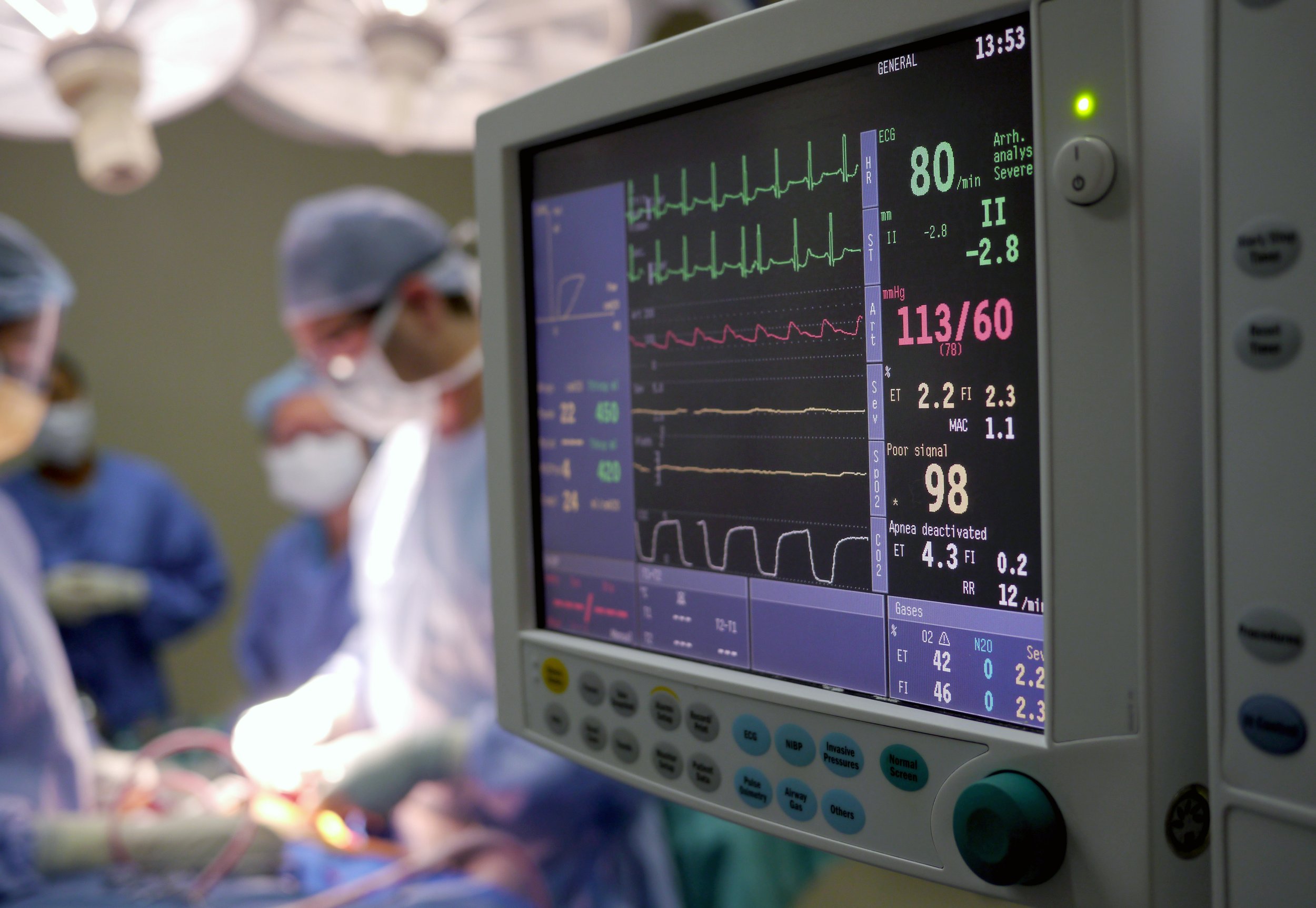
Research & News
Scientific Publications
Dig deeper into some of the 200+ foundational research studies that Certus Critical Care conducted to build its groundbreaking critical care technologies.
-
Williams TK, Neff LP, Johnson MA, et al. Automated variable aortic control versus complete aortic occlusion in a swine model of hemorrhage. J Trauma Acute Care Surg. 2017;82(4):694-703.
Russo RM, Williams TK, Grayson JK, et al. Extending The Golden Hour: Partial Resuscitative Endovascular Balloon Occlusion Of The Aorta (P-REBOA) In A Highly Lethal Swine Liver Injury Model. J Trauma Acute Care Surg.
Williams TK, Tibbits EM, Hoareau GL, et al. EVAC versus REBOA in a Swine Model of Hemorrhage and Ischemia Reperfusion Injury: J Trauma Acute Care Surg. Published online July 2018:1.
Davidson AJ, Russo RM, Ferencz SAE, et al. Incremental balloon deflation following complete REBOA results in steep inflection of flow and rapid reperfusion in a large animal model of hemorrhagic shock. J Trauma Acute Care Surg. Published online April 18, 2017.
Tibbits EM, Hoareau GL, Simon MA, et al. Location Is Everything: The Hemodynamic Effects of REBOA in Zone 1 versus Zone 3 of the Aorta. J Trauma Acute Care Surg. 2018;Publish Ahead of Print.
Johnson MA, Hoareau GL, Beyer CA, et al. Not ready for prime time: Intermittent versus partial resuscitative endovascular balloon occlusion of the aorta for prolonged hemorrhage control in a highly lethal porcine injury model. J Trauma Acute Care Surg. 2020;88(2):298-304.
Russo RM, Neff LP, Lamb CM, et al. Partial Resuscitative Endovascular Balloon Occlusion of the Aorta in Swine Model of Hemorrhagic Shock. J Am Coll Surg. 2016;223(2):359-368.
Beyer C, Hoareau G, Tibbits E, et al. Resuscitative Endovascular Balloon Occlusion of the Aorta (REBOA) Induced Myocardial Injury is Mitigated by Endovascular Variable Aortic Control (EVAC). J Trauma Acute Care Surg. 2019.
Johnson MA, Davidson AJ, Russo RM, et al. Small changes, big effects: The hemodynamics of partial and complete aortic occlusion to inform next generation resuscitation techniques and technologies. J Trauma Acute Care Surg. 2017;82(6):1106-1111.
Johnson MA, Williams TK, Ferencz SAE, et al. The Effect of REBOA, Partial Aortic Occlusion and Aggressive Blood Transfusion on Traumatic Brain Injury in a Swine Polytrauma Model. J Trauma Acute Care Surg. Published online April 27, 2017.
-
Johnson MA, Neff LP, Williams TK, DuBose JJ, EVAC Study Group. Partial resuscitative balloon occlusion of the aorta (P-REBOA): Clinical technique and rationale. J Trauma Acute Care Surg. 2016;81(5 Suppl 2 Proceedings of the 2015 Military Health System Research Symposium):S133-S137.
Curtis EE, Russo RM, Nordsieck E, et al. Resuscitative endovascular balloon occlusion of the aorta during non-ST elevation myocardial infarction: A case report. Trauma. 2019;21(2):147-151.
Davidson AJ, Russo RM, Reva VA, et al. The pitfalls of resuscitative endovascular balloon occlusion of the aorta: Risk factors and mitigation strategies. J Trauma Acute Care Surg. 2018;84(1):192.
Russo RM, Neff LP, Johnson MA, Williams TK. Emerging Endovascular Therapies for Non-Compressible Torso Hemorrhage. Shock Augusta Ga. 2016;46(3 Suppl 1):12-19.
Simon ME, Russo RM, Davidson AJ, et al. A Case of Resuscitative Endovascular Balloon Occlusion of the Aorta (REBOA) Use in Penetrating Abdominal Aortic Injury. Journal of Endovascular Trauma Management. 2017;1 (1): 53-57.
Russon RM, Humphries MD, et al. Two Lives: One REBOA: Hemorrhage control for urgent cesarean hysterectomy in a Jehovah’s Witness with placenta percreta. J Trauma Acute Care Surg. 2018;83(3):551-553.
Davidson AJ, Russon RM, DuBose JJ, et al. Potential benefit of early operative utilization of low profile, partial resuscitative endovascular balloon occlusion of the aorta (P-REBOA) in major traumatic hemorrhage. Trauma Surg Acute Care Open 2016;1:1–3.
-
Adams, Jason Y., et al. "Development and validation of a multi-algorithm analytic platform to detect off-target mechanical ventilation." Scientific reports 7.1 (2017): 1-11
Rehm, Gregory B., et al. "Leveraging IoTs and machine learning for patient diagnosis and ventilation management in the intensive care unit." IEEE Pervasive Computing 19.3 (2020): 68-78.
Rehm GB, Kuhn BT, Nguyen J, Anderson NR, Chuah CN, Adams JY. Improving Mechanical Ventilator Clinical Decision Support Systems with a Machine Learning Classifier for Determining Ventilator Mode. InMedInfo 2019 Aug 21 (pp. 318-322).
-
Johnson, M. Austin, et al. "Endovascular perfusion augmentation for critical care: partial aortic occlusion for treatment of severe ischemia–reperfusion shock." Shock 51.5 (2019): 659-666.
Abid, Mustafa, et al. "Reperfusion repercussions: A review of the metabolic derangements following resuscitative endovascular balloon occlusion of the aorta." Journal of Trauma and Acute Care Surgery 89.2S (2020): S39-S44.
Get to know our innovative technologies and why we built them.
From the battlefield to the bedside, we set out to create the critical care technology of the future and uncovered new scientific knowledge in the process. Find out why we created our life-saving technologies.
For decades, critical care medicine has suffered from limitations that affect the care people receive. Learn about the work we’re doing that could save thousands of lives from hemorrhage, cardiac arrest, stroke and more.
